Yellowing Bottom Leaves on Plants
Yellowing leaf on a colocasia
A/N: This focuses on the natural yellowing of lower leaves - not pest-riden or water-related yellowing.
Sign of Aging
Plants, as they age, will shed their lower leaves, absorbing the nutrients and pushing out new growth. If your plant is otherwise healthy and growing, and yellowing is only on the bottom leaves (usually the most mature), this is natural. Oldest leaves die off as the plant ages, or perhaps while it adjusts to our indoor environments or seasonal changes. You know you're experiencing a normal leaf life cycle if there isn't strange discolouration or abnormal patterning of the yellowing (they elegantly fade from green to yellow to brown). Fresh growth replacing them is also a healthy and good sign.
To Know what is normal assess:
❶ Is the yellowing at a slow rate?
If yellowing is only one leaf at a time, at a slow and steady rate, its likely just natural leaf shedding.
❷ Is the yellowing contained at just the lower leaves?
If the entire plant is yellowing, you may have a pest or nutrient-related problem. However, some nutrient deficiencies (nitrogen) start at the bottom first then spread but you'll notice the yellowing becoming rapid. Like #1, if the yellowing is at the most mature leaves, is not plentiful and is at a slow rate, you're alright.
❸ Are there any abnormalities? Such as markings, discolouration or droppings (sometimes black specks), or stickiness?
These are all signs of pests or disease - when it doubt, assume the worst, then work backwards. You'll soon notice the difference between a naturally yellowing leaves and one resulted from pests.
Sign of Lighting Condition Changes
Rapid leaf loss is usually a sign for concern, but when is it normal? Sometimes the shedding of the lower leaves becomes rapid because the plant is adjusting for new lighting conditions. The most common scenarios for this happening to houseplants is the following:
Plant shopping at Valleyview Gardens, Toronto
❶ From Nursery to Home
Nursery plants are grown in greenhouses that are in optimal growing conditions. It's what makes them look so lush, shiny and full! Our average homes don't often have the same criteria to replicate this so natural leaf shedding occurs. Plants, without ideal greenhouse growing conditions, cannot sustain holding onto every single leaf so they will drop enough to equilibrate to your space. This is only if you're giving it the best appropriate light you can. Shedding only becomes detrimental and abnormal if you've shaded your plant beyond what it is labeled to tolerate.
Leaves change during the wintertime on a Monstera adansonii
❷ Dormancy
When plants go dormant (often in the winter time, but sometimes some plants go dormant in the summer! Look up your individual plant to find out). It's natural they shed their leaves as they're not as actively photosynthesizing. Some plants shed all theirs leaves, dying back to the ground (like alocasia), whereas others simply shed a certain volume. Let them drop naturally, clean up, then wait until growing season where you'll notice they'll fill out once again.
Leave it or Prune it?
Here’s a hot topic of debate: to leave the yellow leaves or to prune it? What do you do?
Reasons for Pruning
Aesthetics
Encourages faster new growth
Precaution for pests/disease (if you aren't sure if the leaf is disease-related and you've got plenty of leaves to spare, pruning is not a bad idea)
Reasons for Leaving it Alone
Not wounding the plant by creating a fresh cut which the plant in turn has to heal
Allows plant to absorb remaining nutrients
Low maintenance
It’s important to understand that plants don’t look the same all-year round. They grow, shed, and flow with the season. This isn’t to say: ignore all your yellow leaves, but learn how to diagnosis them with a level head and take appropriate action (or not action at all).
Support my Work by Purchasing an Art Print!
Related Posts:




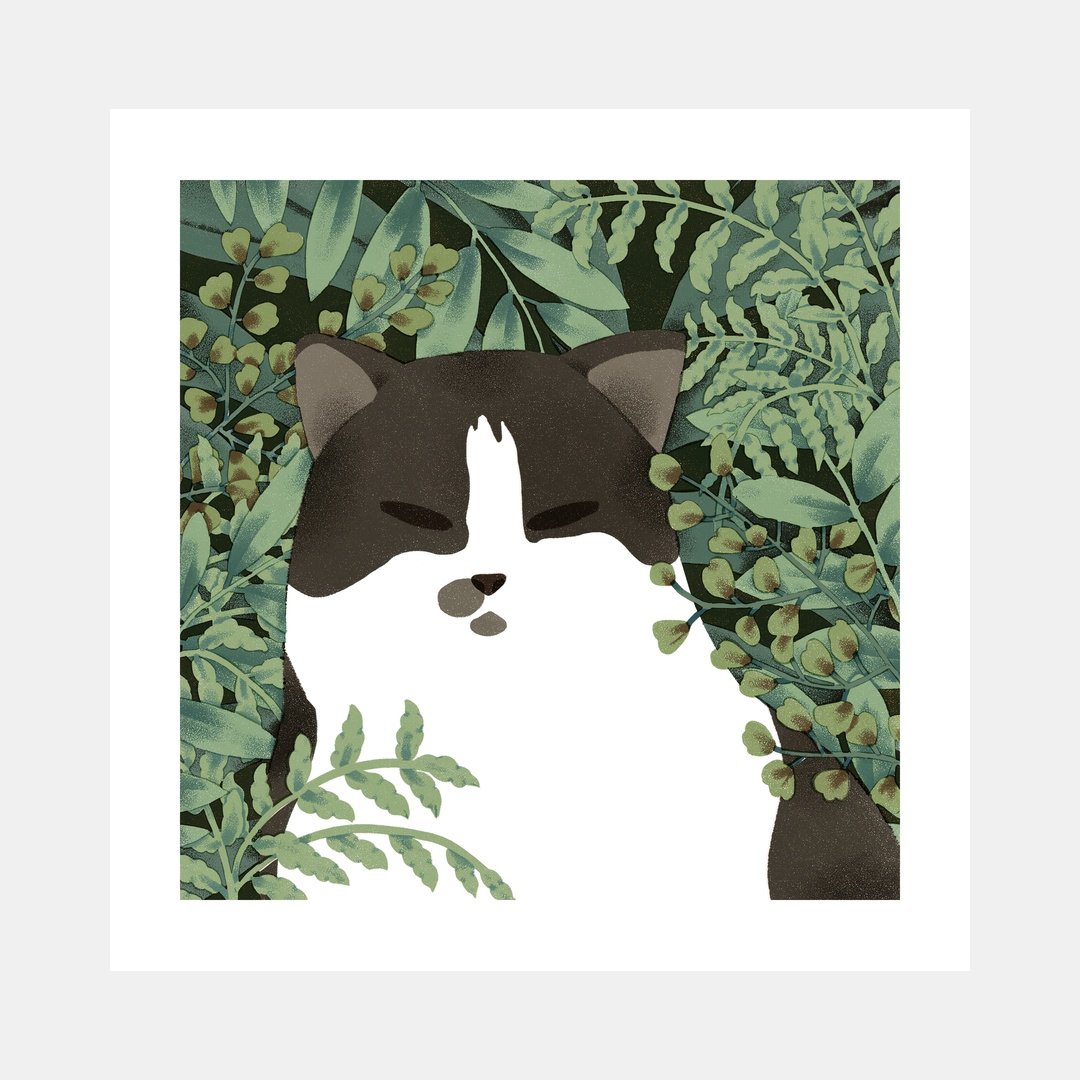
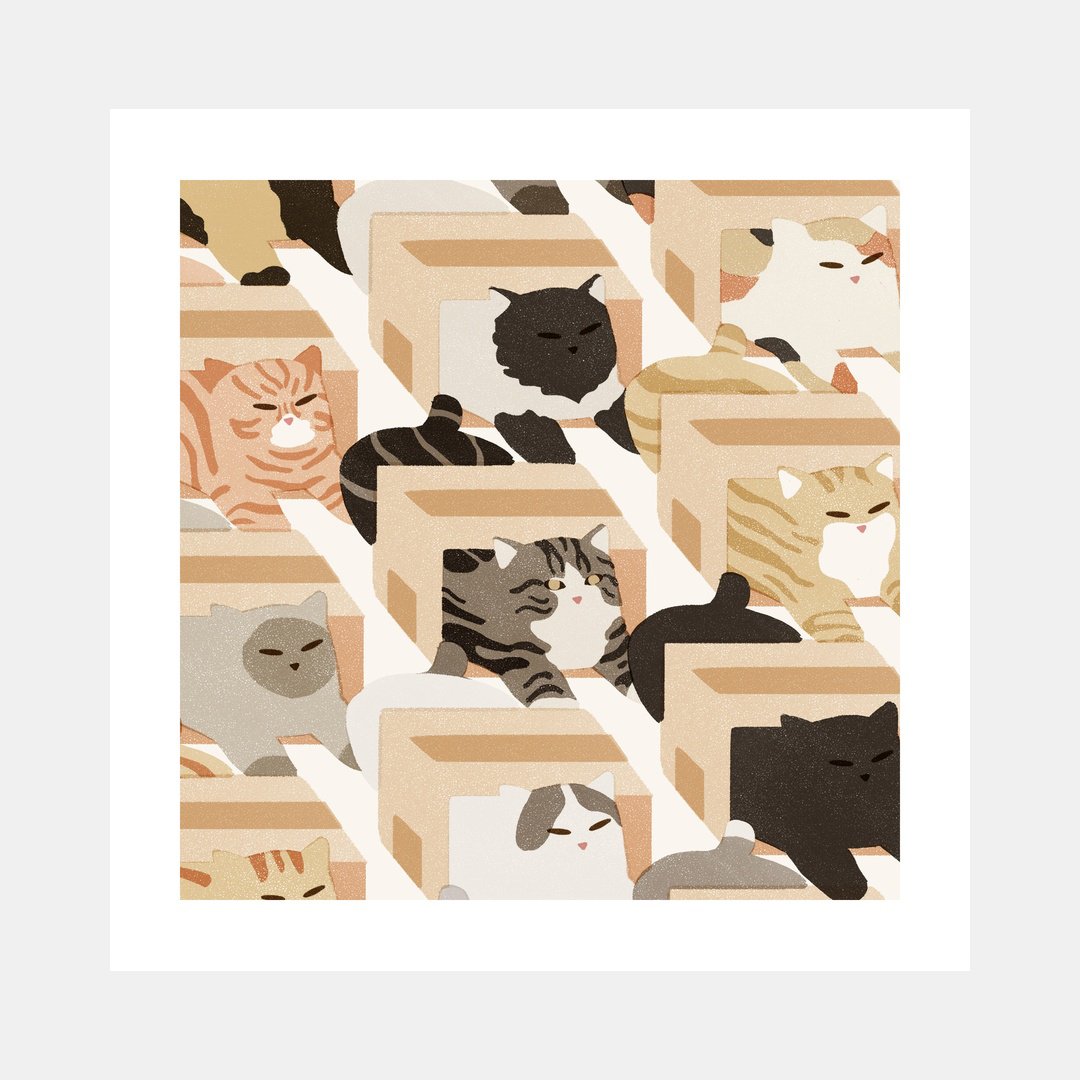
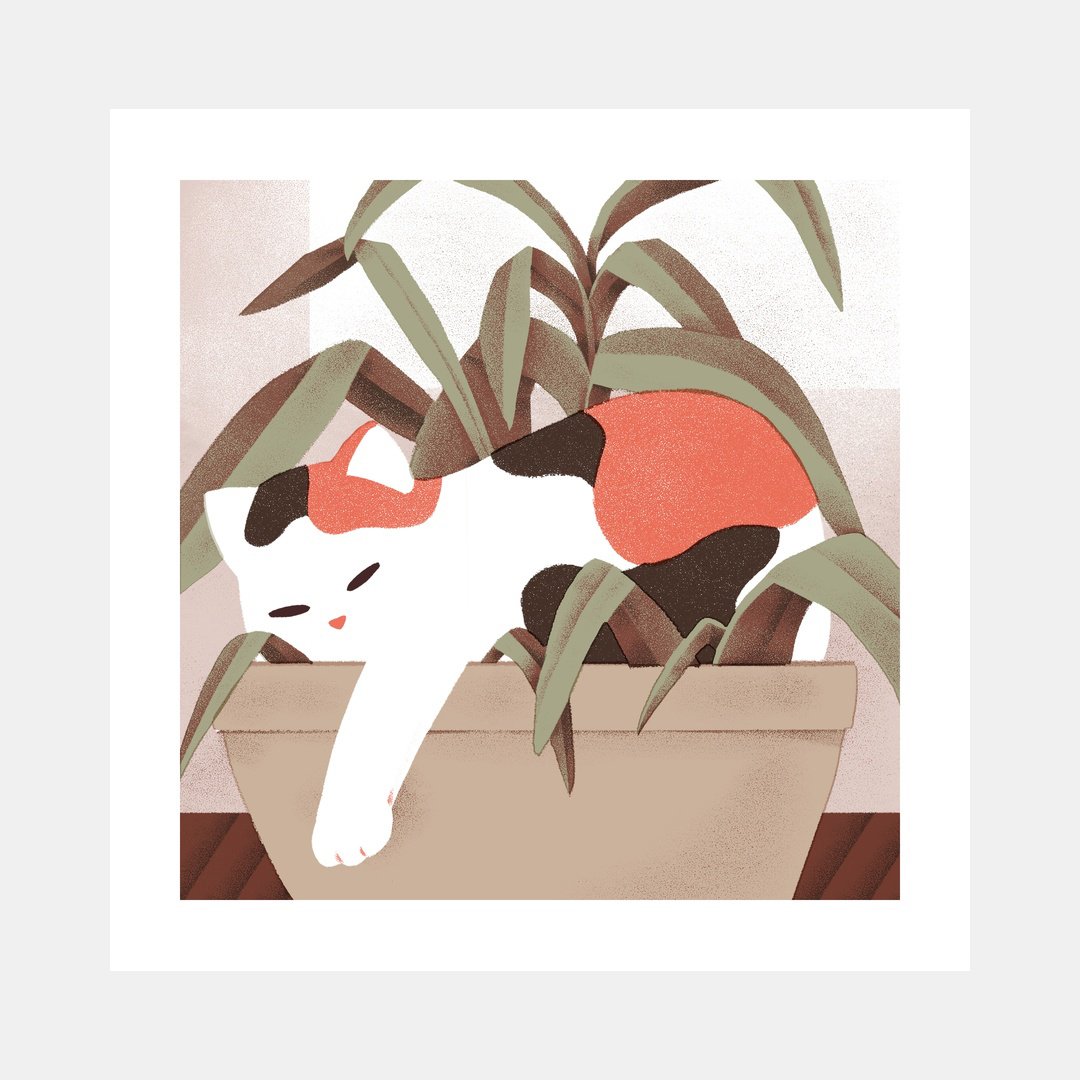
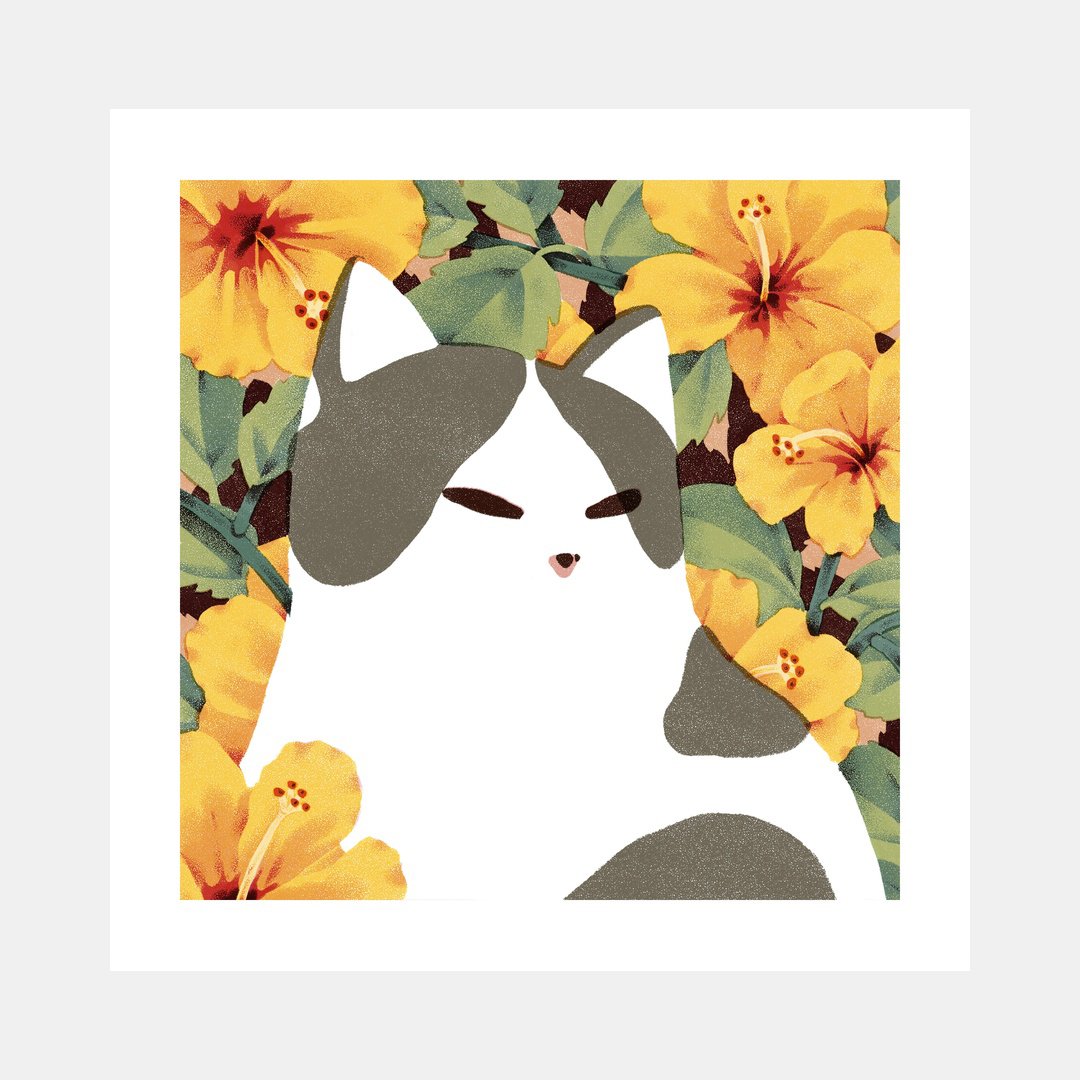
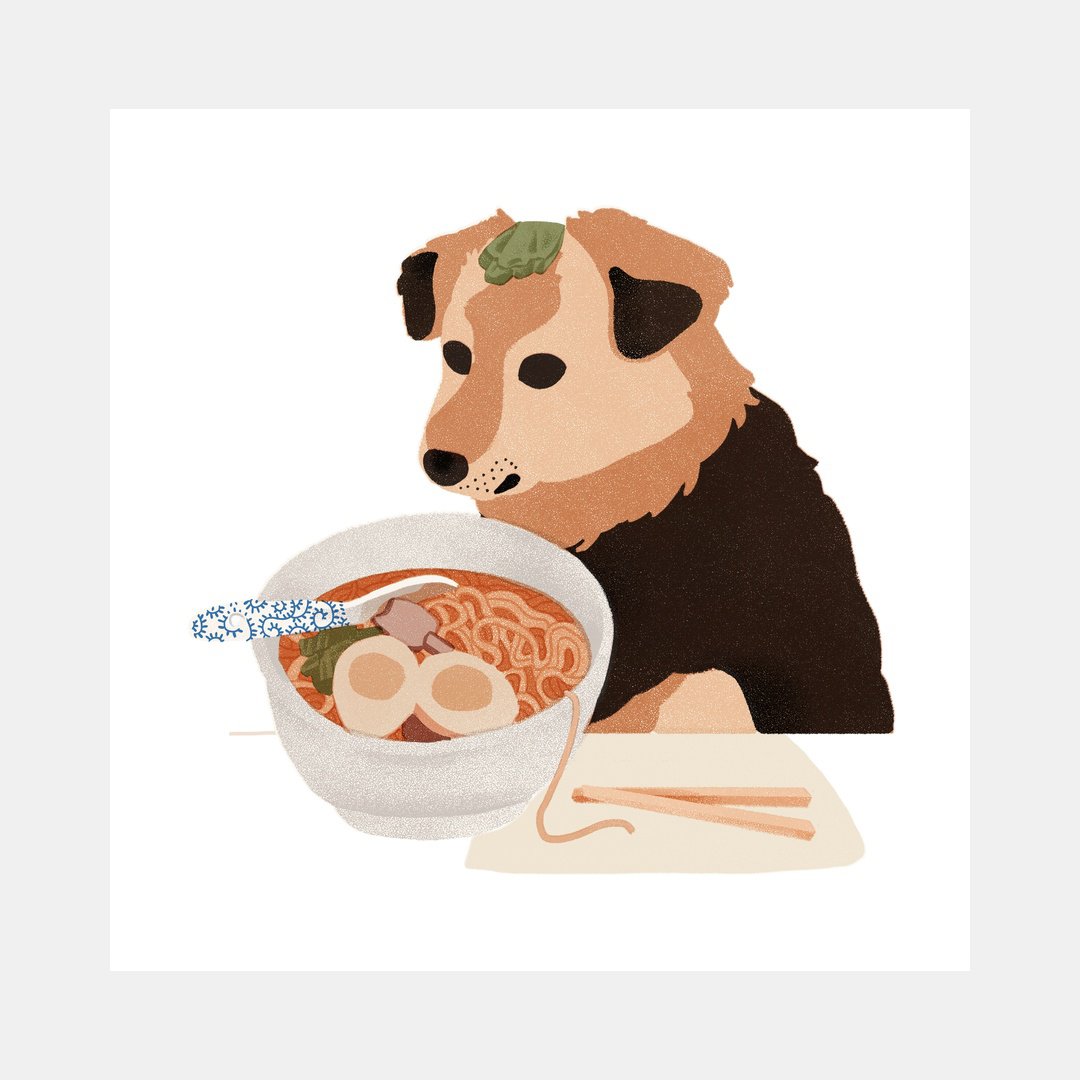






Spa day for your plants: the benefits of giving your houseplants a shower.